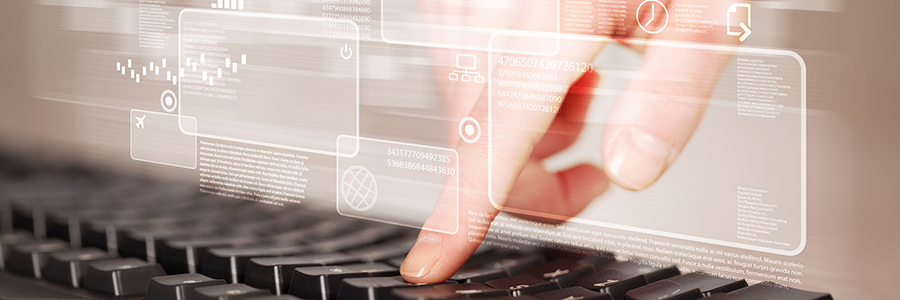Remote Desktop Services (RDS) is an umbrella term referring to a range of features available in Windows that allow users to remotely access computers and virtual machines.
RDS consists of two main components: the server-side Remote Desktop Session Host and the Remote Desktop application that run on the end user’s device used to connect to the remote system. These remote desktop clients are available for Windows, Android, iOS, and macOS. Even if there isn’t a client available for your operating system (such as Linux or ChromeOS), you can still ‘run’ Windows remotely via any HTML5-capable browser.
The server-side component is where Windows is actually installed, such as a remote PC, server, or virtual instance hosted in a cloud hosting service. Using the related Windows RemoteApp, you can even run individual applications remotely, rather than connecting to a separate full desktop session. That way, you can run remote apps that function similarly to locally-installed applications. In fact, you can run both local and remote apps at the same time with a similar look & feel. This provides a host of benefits to your business.
Overcome local hardware limitations
Providing employees with the latest hardware can be prohibitively expensive. To reduce costs, many businesses let their employees use their own devices for work, but this comes with some extra challenges, too. For example, if you use Windows in your business, then employees who only use Apple devices won’t be able to use your applications. Software that has more demanding hardware requirements can also pose a problem, since the local computer may not have enough resources to run the application well.
Remote desktop services can overcome these limitations. Since all the computing workloads are handled by the remote system, such as a cloud-hosted virtual machine, the local device only has to handle minimal work. This effectively allows you to turn even a barebones laptop or thin client into a high-end computer capable of performing processor-intensive tasks, with properly configured RDS resources in place.
Facilitate more secure remote work
Remote desktop services can deliver high-end computing experiences from in-house servers and workstations or, as is more often the case these days, from a cloud-hosted virtual machine in a Microsoft or Amazon data center. In either case, no apps or data have to be stored on the local device, save for the remote desktop client itself. This means that important or sensitive data isn’t stored locally, so it can help prevent lost or compromised data.
When relying on remote desktops and virtual machines, all data can be stored in the cloud. If the end user’s device is lost, stolen, or fails, the data will remain safe. The only thing you’ll need to do in this case is revoke access rights from the compromised machine. This is less risky than storing important data across multiple physical machines, especially laptops. Instead, by consolidating all your virtual machines in a single remote, unified system, you’ll have complete control and visibility over your business computing resources without having to worry about intruding on employee privacy.
Provision services in less time, but do it safely
Once remote desktop services are set up, accessing applications is fairly quick and easy, but it is also important to do it properly. Remote Desktop Services could be used by an attacker to gain access to your sensitive systems.
It is therefore critical to properly set up remote access of any kind, but especially RDS. Typically, only allowing a Remote Desktop after connecting to a VPN is the safest way to provide remote access. Deploying multi-factor authentication can further strengthen your defenses against unauthorized remote access, and can help protect against lost or stolen passwords.
Fidelis offers the full range of services your organization needs to accommodate remote workers and achieve greater business resilience. Call us today to schedule a consultation.

